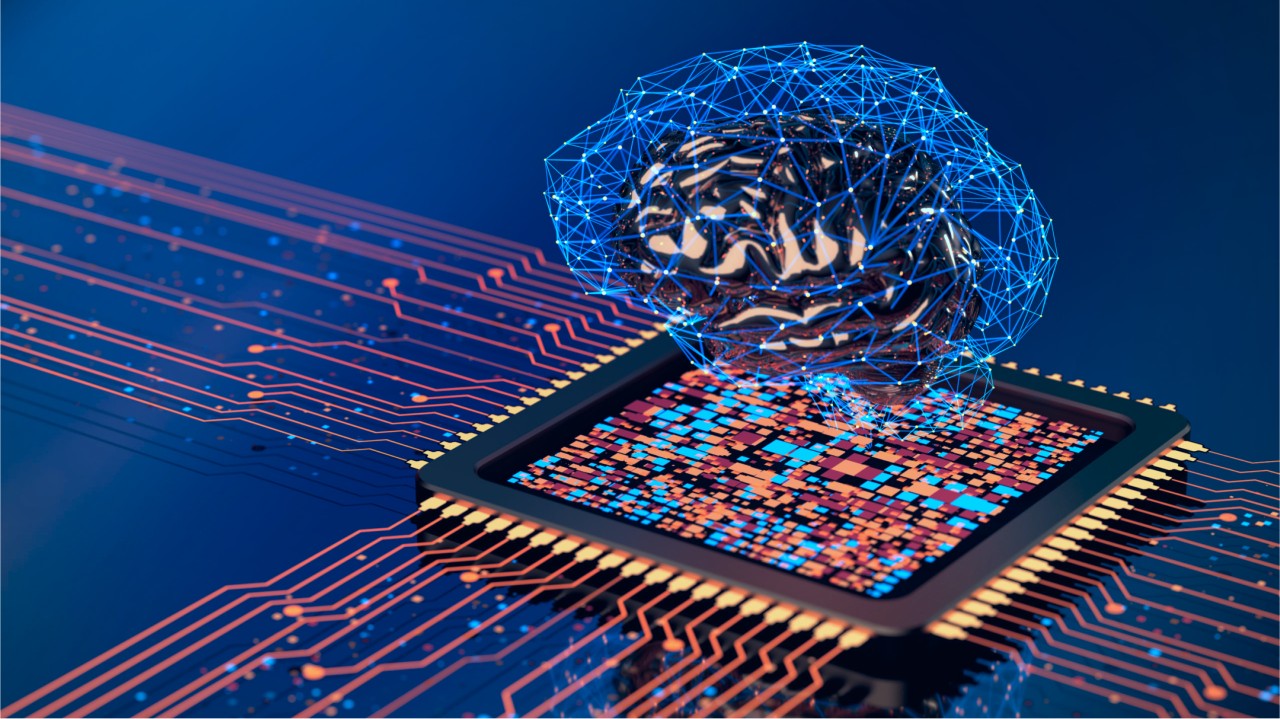Edge computing is transforming the Internet of Things (IoT) landscape by enabling real-time data processing, reducing latency, and enhancing operational efficiency. This article explores the applications, benefits, challenges, and future trends of edge computing in IoT, highlighting its significance in advancing smart technologies and decentralized data processing capabilities.
Applications of Edge Computing in IoT
- Real-time Data Processing: Edge computing platforms process data locally at the edge of the network, near IoT devices, reducing latency and enabling faster response times for time-sensitive applications such as autonomous vehicles, industrial automation, and healthcare monitoring systems.
- Bandwidth Optimization: By processing data locally, edge computing minimizes the volume of data transmitted to centralized cloud servers, optimizing bandwidth usage and reducing network congestion, particularly in remote or bandwidth-constrained environments.
Benefits of Edge Computing in IoT
- Low Latency and High Reliability: Edge computing reduces latency by processing data closer to the source, ensuring quick response times and reliable connectivity for critical IoT applications that require real-time decision-making and minimal network delay.
- Improved Data Privacy and Security: Edge computing enhances data privacy and security by processing sensitive information locally, minimizing the risks associated with data breaches, unauthorized access, and compliance with data protection regulations.
Challenges and Considerations
- Infrastructure Complexity: Deploying edge computing infrastructure (e.g., edge servers, gateways) requires upfront investment in hardware, software, and network architecture design to support diverse IoT devices and applications effectively.
- Interoperability and Standards: Ensuring interoperability among edge computing platforms, IoT devices, and cloud services, and establishing industry-wide standards for edge computing protocols and data management frameworks are crucial for seamless integration and scalability.
Impact on IoT Ecosystem
- Enhanced Scalability and Agility: Edge computing enables IoT deployments to scale efficiently by distributing computing resources across edge nodes, accommodating increasing data volumes, and supporting dynamic workloads without relying solely on centralized cloud resources.
- Edge AI Integration: Combining edge computing with artificial intelligence (AI) capabilities (e.g., machine learning models, predictive analytics) enables real-time data analytics, autonomous decision-making, and proactive maintenance of IoT devices and infrastructure.
Future Trends in Edge Computing-enabled IoT
- 5G Integration: Integration of edge computing with 5G networks enhances IoT connectivity, supports ultra-low latency applications, and enables high-bandwidth data transmission for next-generation IoT deployments in smart cities, healthcare, and industrial sectors.
- Edge-to-Cloud Orchestration: Development of hybrid edge-to-cloud architectures that balance data processing between edge devices and centralized cloud servers, optimizing resource utilization, and ensuring seamless data synchronization and management.
Conclusion
Edge computing is revolutionizing the IoT landscape by empowering real-time data processing, enhancing operational efficiencies, and supporting innovative IoT applications across industries. As organizations embrace edge computing-enabled IoT solutions, addressing infrastructure complexities, ensuring data security, and fostering collaboration among stakeholders become essential to unlock the full potential of edge computing in driving digital transformation and achieving sustainable growth. By leveraging edge computing effectively, businesses can capitalize on faster insights, improved decision-making capabilities, and resilient IoT deployments that pave the way for a connected, intelligent future.



